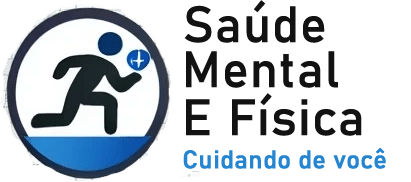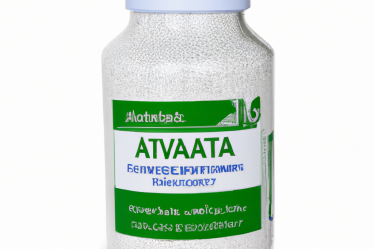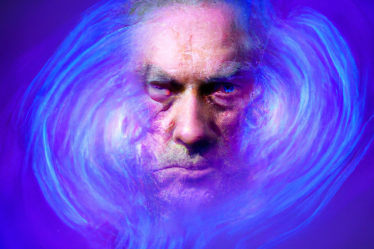
Master Muscle Relaxation with Progressive Relaxation Techniques
The stress of daily life can cause muscle tension, which in turn can lead to pain, discomfort, and even more serious health problems. An effective way to relieve this tension and relax your muscles is through the progressive muscle relaxation method. In this article, we will explore what the progressive method is, how it works, and how you can start using it to relax and relieve stress in your body.
What is the Progressive Muscle Relaxation Method?
The progressive muscle relaxation method, also known as progressive muscle relaxation (PMR), was developed by American physician Edmund Jacobson in the 1920s. He discovered that muscle tension is directly related to stress and anxiety, and developed a technique to help people consciously relax the muscles of the body.
The technique involves the progressive contraction and relaxation of muscles, starting from the feet and moving up to the head. By systematically contracting and relaxing the muscles, it is possible to reduce muscle tension and promote a deep state of relaxation in the body.
How Does the Progressive Method Work?
The progressive muscle relaxation method works by activating the parasympathetic nervous system, which is responsible for triggering the body’s relaxation response. When we contract a muscle, it releases accumulated tension, and then we relax the muscle, allowing the tension to be released and relaxation to occur.
To start practicing the progressive method, it is important to find a quiet and comfortable place where you can lie down or sit without interruptions. Close your eyes, breathe deeply, and begin to focus on each muscle group in your body, contracting and relaxing them as instructed.
Steps to Practice Progressive Muscle Relaxation
Here are the basic steps to practice progressive muscle relaxation:
- Start with your feet: contract the muscles in your feet and hold the contraction for a few seconds, then relax.
- Move up to your legs: contract the muscles in your legs and hold the contraction, then relax.
- Continue moving up the body, contracting and relaxing the muscles in your glutes, abdomen, chest, arms, hands, neck, and face.
- Focus on breathing deeply and completely relaxing each muscle group before moving on to the next.
Repeat this process a few times, focusing on the feeling of relaxation that occurs in each muscle as you contract and relax them. With regular practice, you can achieve a deep state of relaxation and relieve accumulated muscle tension in your body.
Benefits of Progressive Muscle Relaxation
The progressive muscle relaxation method has numerous health and well-being benefits, including:
- Reduction of stress and anxiety
- Improved sleep quality
- Relief from muscle pain and tension
- Lower blood pressure
- Strengthened immune system
Additionally, PMR can be a powerful tool for those suffering from conditions such as insomnia, chronic pain, anxiety, and mood disorders. By learning to consciously relax the muscles of the body, you can reduce the impact of stress on your health and significantly improve your quality of life.
Conclusion
The progressive muscle relaxation method is a simple and effective technique to relieve muscle tension and promote relaxation of the body and mind. By practicing the progressive contraction and relaxation of muscles, you can reduce stress, improve sleep quality, and relieve muscle pain and tension. Try incorporating PMR into your daily routine and enjoy the benefits of a more relaxed body and a calmer mind.
To learn more about improving your mental and physical health, check out the following articles on our blog:
- Discover How Therapy Can Transform Your Life
- Achieving Emotional Balance: Strategies for a More Peaceful Life
- How Cognitive Behavioral Therapy Can Transform Your Life: Discover the Incredible Benefits and Results



